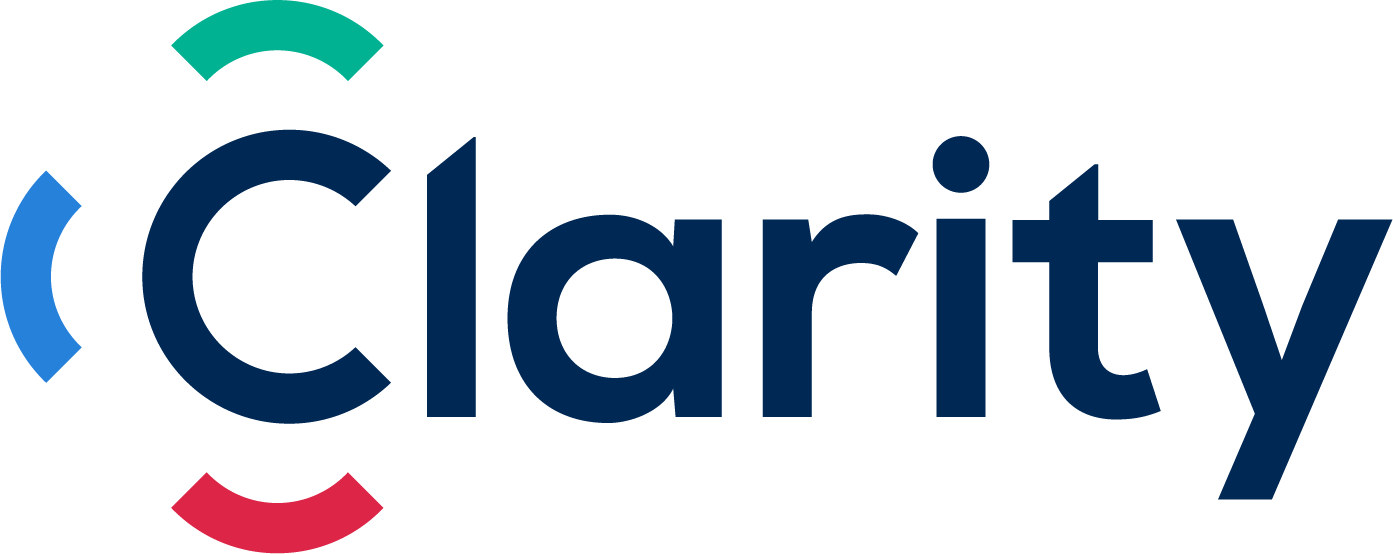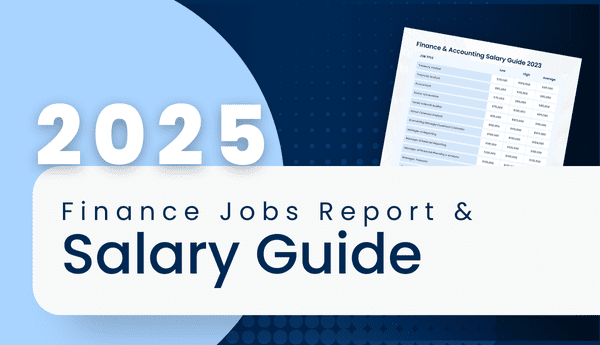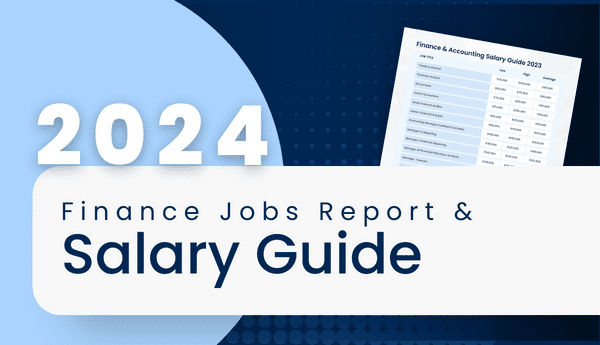How does bad data impact your ability to hire well? Bad data, as it’s defined, is not just quantitative, but qualitative.
It rests in inaccurate assumptions around what the position requires for success, how the role might evolve in the future, team dynamics and leadership needs. While there are many data points to examine, misunderstanding these four seem to create the largest negative impact.
Bad Data Impact 1: Time to Fill
When your data around what the role requires is flawed, your ability to fill the position quickly is diminished. After all, if the skills you want do not align with what the market will yield than how do you source your hiring pool? As time goes by, your current team, which is now understaffed, begins to feel the stress. Worst-case scenario, you start to lose your top performers and in a panic hire ineffectively.
Bad Data Impact 2: Brand
When you don’t understand the marketplace you stand a chance of telling the wrong story to the very people you are trying to attract. This creates a ripple effect. Your company’s brand is perceived as being out of touch, lessening your ability to recruit well and filling the role.
Bad Data Impact 3: Poor Fit
If you have bad data on team dynamics or leadership style, you may hire someone who is not a cultural fit. Since people typically leave companies because of either poor cultural fit or weak leadership, not understanding your team dynamics or what constitutes a great leader, positions you to be in a “must hire” situation all over again in a matter of months.
If you want to hire well take some time to understand the marketplace and what it will yield relative to what you and your team feels the position requires. Understand team dynamics and leadership needs. By correctly assessing role requirements, the market and team culture you stand a good chance of hiring an employee who is an asset not a drain on your time and energy.




